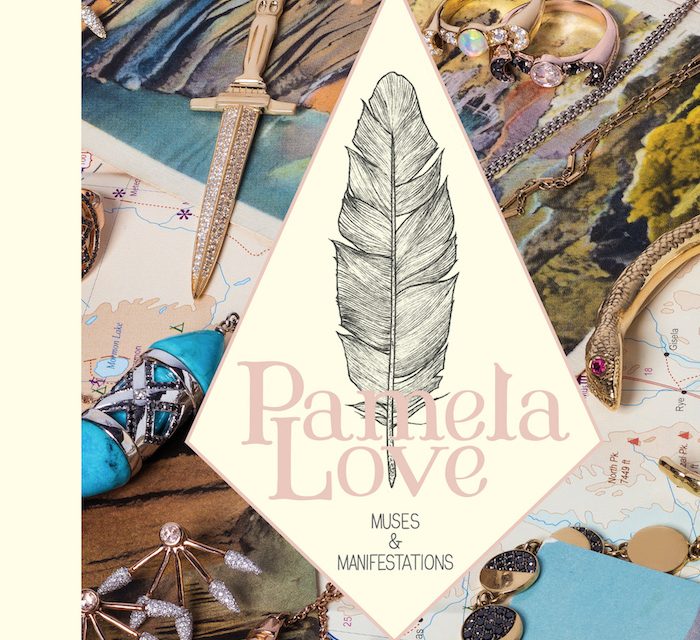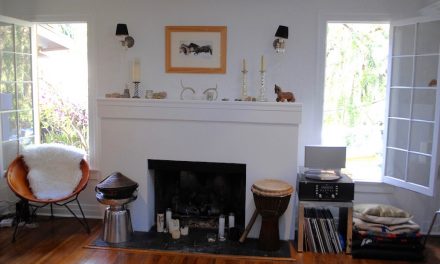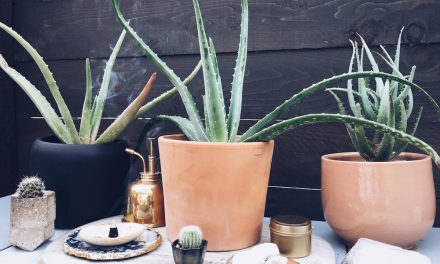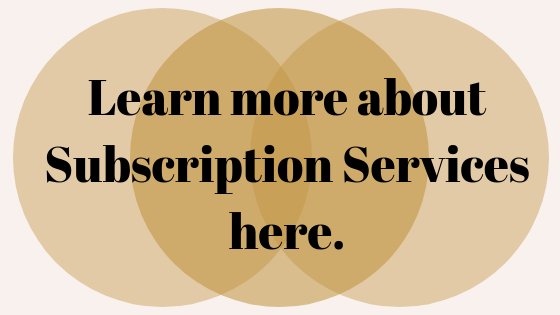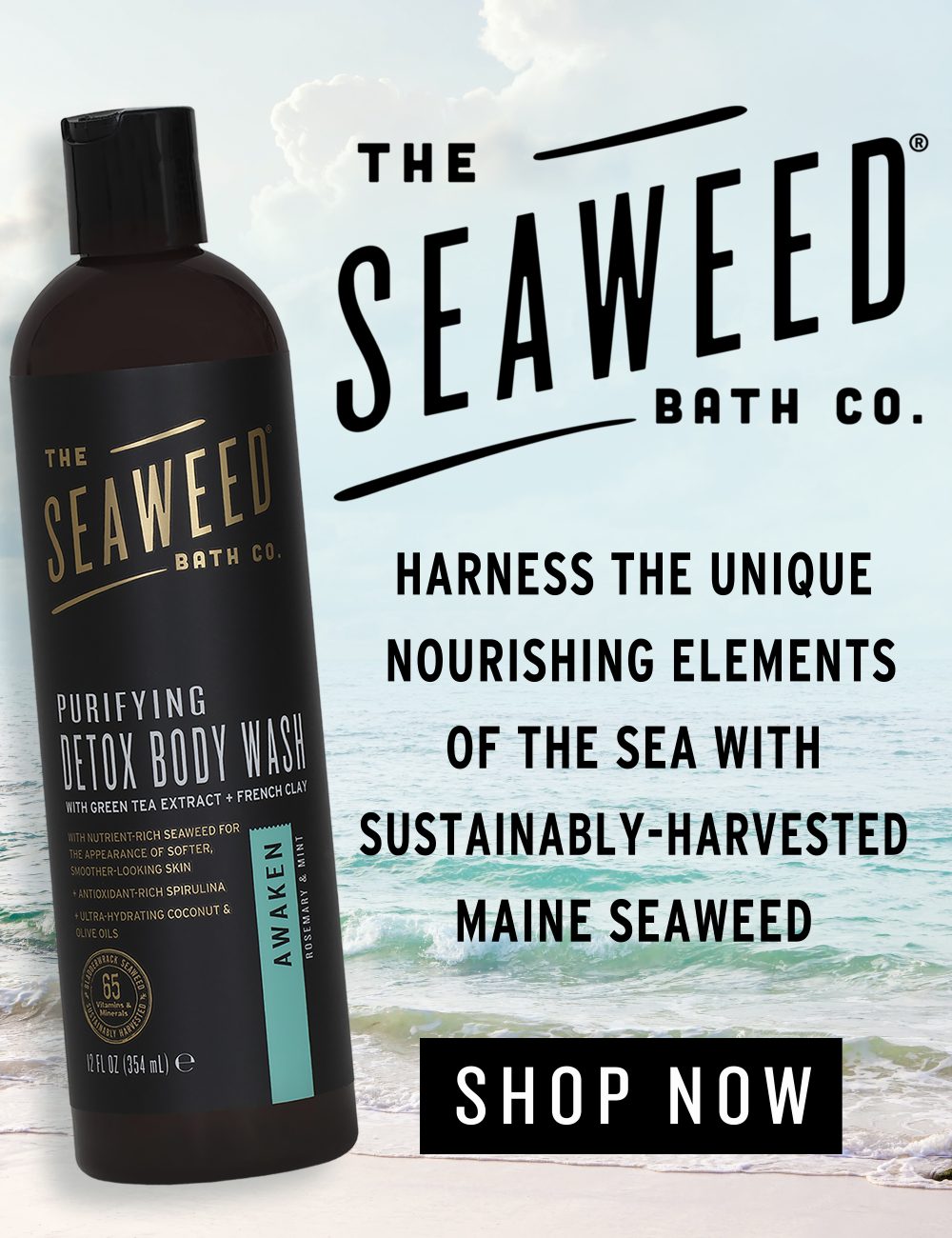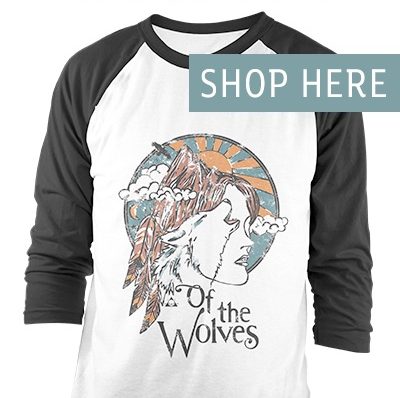Mysticism + The Southwest | Pamela Love + Her Consistent Muses
Pamela has been making jewelry since 2007, but she was originally trained in Experimental Film and Art Direction from New York University’s Tisch School of the Arts. Love worked as a stylist and art director for film, fashion, and music video shoots and was a painting assistant under Italian American artist Francesco Clemente for many years. He also wrote the foreword in her book Pamela Love: Muses and Manifestations, one of the most emblematic art books we’ve seen in years, full of folklore and folk art from various cultures, astrology, botany and her favorite iconography. To chat with her now, after years of both admiration and possession of her work, was such an honor.
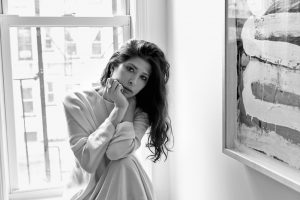
As Pam and I got on the phone, we first talked about her upcoming collection, coming out in a few weeks. As she told me, “It’s very focused on the 1970s and interior design, sculpture, pottery, very much about interior craft from the 1970s. The color palettes are very reminiscent of that and the shapes familiar with that period. But I obviously have a core focus on spirituality and mysticism, and these things ALWAYS drive the work. In general, there is a central line that runs through everything. Sometimes I go out on some real tangents within these common themes, but you have to be able to experiment. It’s not art otherwise.”
The concept of sustainability in metals and stones can be confusing for people. How do you personally define “sustainable design”? What does it mean to you?
My feelings about this have really changed over the years. You know, I would say there is really no such thing as sustainability if you’re manufacturing something. The best way to leave no footprint is to not create anything new. But unfortunately, or fortunately – depending on what side you’re looking in from – we want to keep creating. We want to keep being artistic and keep creating jobs, so for me it’s about creating in the most responsible way as possible and creating alternatives in the marketplace that are made in a less excessive fashion. But the ultimate idea of sustainability for me would be to not create anything new at all. It would be to only recycle, buy vintage, and what not. It’s a lot about creating jobs for me and keeping crafts and traditions alive that are sort of dying out or passed over for more technologically advanced methods of manufacturing. I’m really thinking about those things and trying to be as responsible as I can with recycled metals and recycled and ethically-mined stones, but again it’s still not perfect. We gotta make new things, cause that’s important, too, and we got to keep art conversations moving forward. BUT the constant need in the marketplace for new, new, new is not a sustainable one either. We really try to slow the consumption down by creating things that last longer.
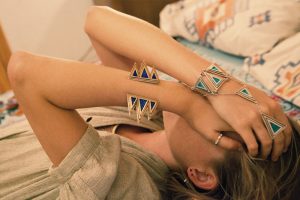
Speaking of creating jobs and your team, how many people work at Pamela Love now?
About 15-20, depending on the time of year, if it’s a busy or lighter time. We’ve got shop managers, e-commerce managers, logistics managers – there’s a bunch of us.
How long did your book “Pamela Love: Muses and Manifestations” take to compile?
When the opportunity came to me we had less than a year, maybe seven months, to put it together. So it was full steam ahead as soon as we decided to do it.
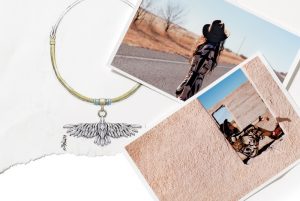
We love the book. Though of course heavy on beautiful visuals we’d come to expect from you, it feels like you also took the opportunity to spread the magic and messages of some of your esoteric interests in it. To share more about some of the cultures and iconography that move you…
Yes, it was a really nice way to explore all these things that I love and that inspire me and put them together in a clear way. One of my employees said to me: ‘I just kind of imagine this book is like looking inside your brain’. It was really a way to share, but it doesn’t take its self so seriously. So many ‘art’ books do take themselves seriously, and I wanted to create something that is not in the expected format. I wanted something that was fun and happy and that showed you new things every time you looked at it. I’m really happy with it in that regard. Obviously, I’m constantly coming across more visuals I love, or I’m making new pieces and thinking ‘man, I wish these had made it in’! You only get so many pages and so much time, but I hope people love it.
Can you talk about your fascination with the American Southwest and some of its preeminent cultures, particularly from the lens of someone born and raised in Florida and New York.
Oh yes. I was born in Coney Island and raised in Florida, so I spent the first 17 years of my life or so around the ocean. And because of that I was never one of those people who saw the ocean as the ultimate destination. Beaches just didn’t feel like an escape to me. I kind of felt ocean-locked instead of land-locked. So I always romanticized the desert, and as soon as I was old enough to travel on my own the first places I went were Arizona then New Mexico then West Texas. Spending as much time as I could in the Southwest – roadtrips, a lot of booking a flight and renting a car and not knowing when I’d come back, just exploring – that was so important to me. I visited Taos, Carson, Sedona, some beautiful and yet impoverished places. I actually made a book of photos with an ex-boyfriend of mine about New Mexico (OTW’s friend Jordan Sullivan) from one of our trips. For me, the clash of cultures that you experience in the desert and the way they so beautifully come together for art and adornment is really special.
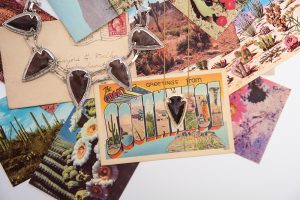
Do you ever dream of moving to the Southwest?
Yes, I would love to. My husband and I always talk about it, as his favorite painter is Agnes Martin and my favorite painter is Georgia O’Keefe. Agnes Martin’s home is currently on the market to be sold in New Mexico, and we always joke that we’re going to move there and buy it. I would love to build my own home out there someday, but right now…we’re in New York! But the stillness out there, it’s so special – the connection to land, connection to sky is so much more profoundly felt.
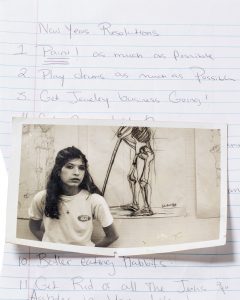
I get it. That’s exactly how I feel about Joshua Tree. I’m curious, did your family help usher in art or mysticism during your childhood or adolescence?
Ummm I was a weird kid! I think my family wasn’t entirely sure what to do with me. I spent a lot of time in my room just making stuff. My parents weren’t technically artistic; they were both in medical fields, and my brother math-minded. So most of my family is more analytical. I think they didn’t really know what to do, but at the same time they gave me freedom to do whatever I want and never forced me to be anything. They recognized what I was excelling at and good at.
A lot of my early inspiration came from my father who was an orthopedic surgeon. Growing up, he had skeletons, bones and prosthetics all over his office, and I became really fixated on that stuff. I started a collection in my early 20s after he passed away that was really inspired by his work and by commemorating, remembering and celebrating the dead. Also, I became kind of obsessed with this idea of remembering we’re mortal, we have limited time here.
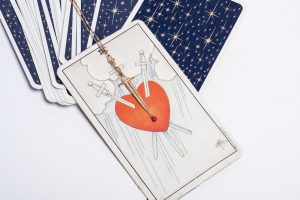
Given your openness about the importance of tarot in your life since adolescence, does the tarot still play a big role in your life?
Yes, less sometimes and more at other times. I have other practices now that have sort of taken over those kind of practices, but I’m still fascinated by the tarot and I still get readings. Mostly, I’m always interested in the stories behind the cards. Lately though, I’ve been more focused on meditation and stillness. I still love a good card reading. My mentor Francisco Clemente is actually a really great card reader, so I go to him for a reading when I’m going through a rough time. He’s amazing, and he actually painted his own tarot deck at one point. One of my dreams in life is to one day have my cards read by Alejandro Jodorowsky, who is also my favorite filmmaker and card reader (we hear ya, Pamela!).
Is there anything in the design world that you yearn to achieve or excel in that you feel you haven’t yet?
I’m still trying to figure out jewelry! I would love to do other things as well, but right now I know there’s still a lot for me to figure out and learn.
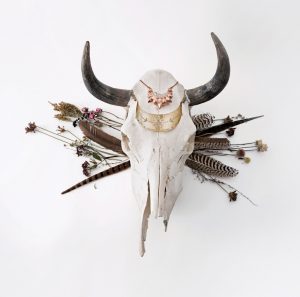
That’s so humble! From the outside it looks like you’re just a master jewelry maker, so prolific. And the pieces always feel a part of the whole.
Mmmm maybe a little too prolific! Editing is really challenging for me. But thank you! Sometimes I feel like we make too many things. Like I said before, in regards to sustainability, even, it’s good to be smart about it. I even have trouble editing down pieces within each collection – kind of a problem saying no to some of the pieces. For instance, I don’t need three versions of the same piece. I think learning how to edit to make a stronger impact is something I’m working on, and yeah – just continuing to learn this craft!

